Deck & Commander Strategies

Aminatou, the Fateshifter
Utilizes flicker effects and top-deck manipulation to generate value and control the board, aiming to out-resource opponents and leverage powerful creatures that enter the battlefield multiple times.

Winota, Joiner of Forces
Focuses on aggressive combat through recurring Human tokens triggered by attacking with non-Human creatures, aiming to overwhelm opponents quickly with a wide board of impactful creatures.

Valki, God of Lies // Tibalt, Cosmic Impostor
Leverages graveyard recursion and disruptive flicker effects to maintain card advantage and board presence, using Tibalt’s planeswalker abilities to control the flow of the game.
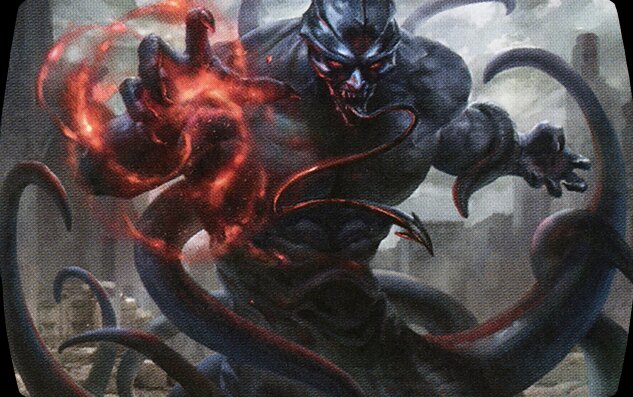
Tevesh Szat, Doom of Fools
Centers on drawing cards and executing spells that manipulate the top of libraries, generating card advantage and mana ramp while disrupting opponents’ plans through targeted removal and control.
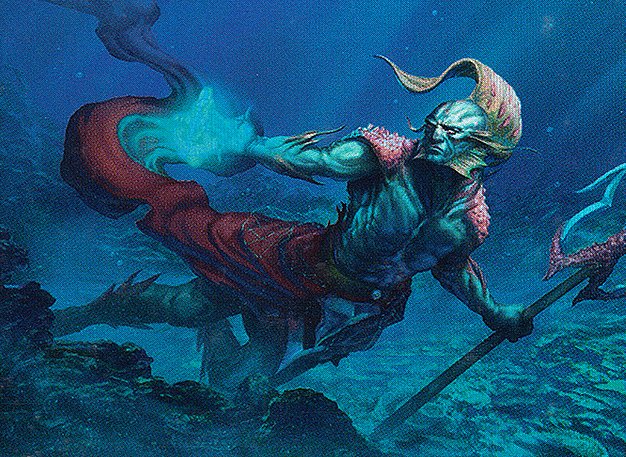
Thrasios, Triton Hero
Aims to ramp mana and draw cards effectively to assemble combos or powerful spells, providing a strong engine for incremental advantage and board development.
Gameplay Insights
- 1
The aggressive token generation from Winota's triggers consistently applied pressure, forcing opponents to respond rather than develop their own game plans freely.
- 2
Key board wipes like Culling Ritual were used strategically to reset volatile board states but came with the risk of opponents benefiting from the exile triggers and additional card draws.
- 3
Flicker effects from Aminatou and Eldritch Displacer were pivotal in preserving valuable creatures and reusing enter-the-battlefield abilities, allowing for repeated incremental advantage.
- 4
Tevesh Szat’s ability to exile cards from the top of libraries and draw additional cards created a strong card advantage engine that was crucial in maintaining resources during the midgame.
- 5
Multiple players had to carefully manage paying additional costs from spells like Rustic Study and realistic study to avoid losing key permanents or life, illustrating the high-stakes resource management of cEDH.
- 6
The game highlighted the importance of timing and sequencing, such as responding to triggers and choosing when to flicker or sacrifice creatures to maximize value and disrupt opponents' combos.
Notable Cards
-

Winota, Joiner of Forces
-

Aminatou, the Fateshifter
-

Tibalt, Cosmic Impostor // Tibalt, Cosmic Impostor
-

Tevesh Szat, Doom of Fools
-

Gorilla Shaman
-

Carpet of Flowers
-
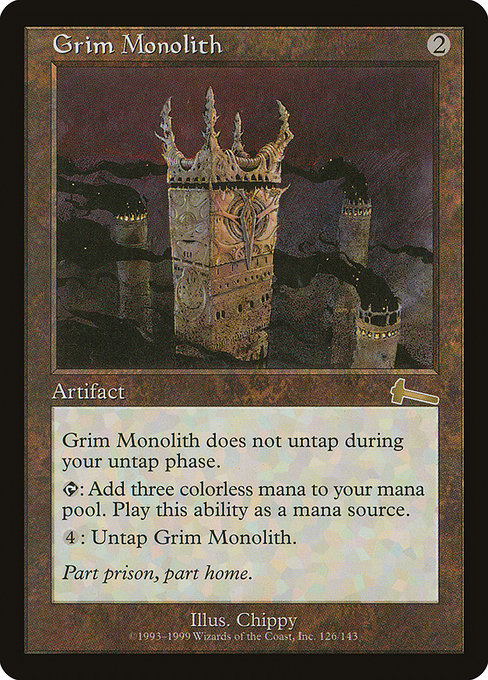
Grim Monolith
-

Culling Ritual
-
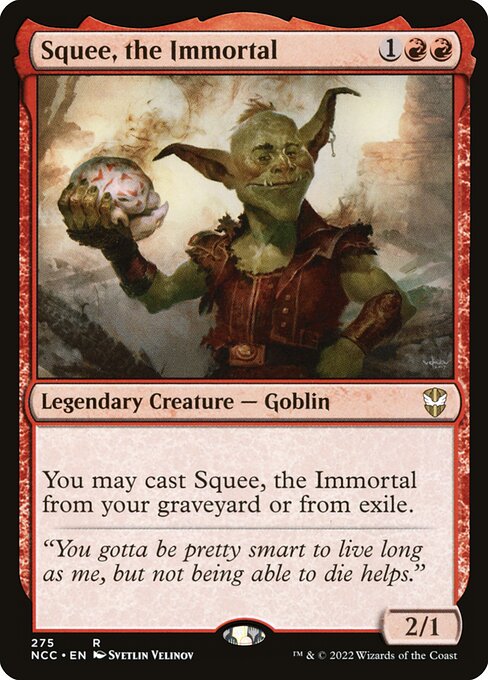
Squee, the Immortal
-
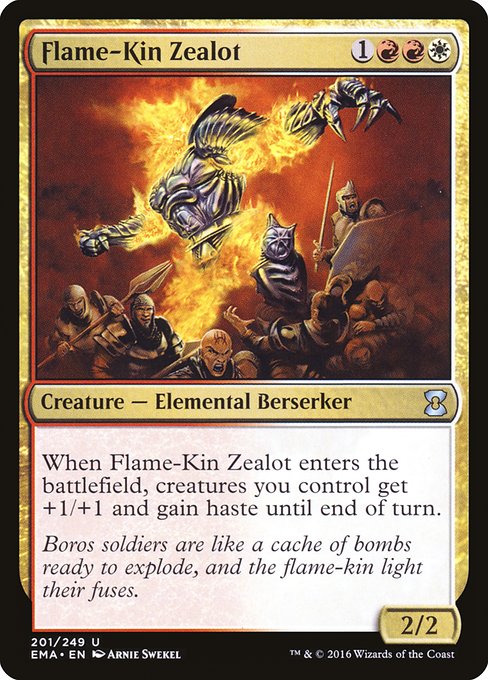
Flame-Kin Zealot
-
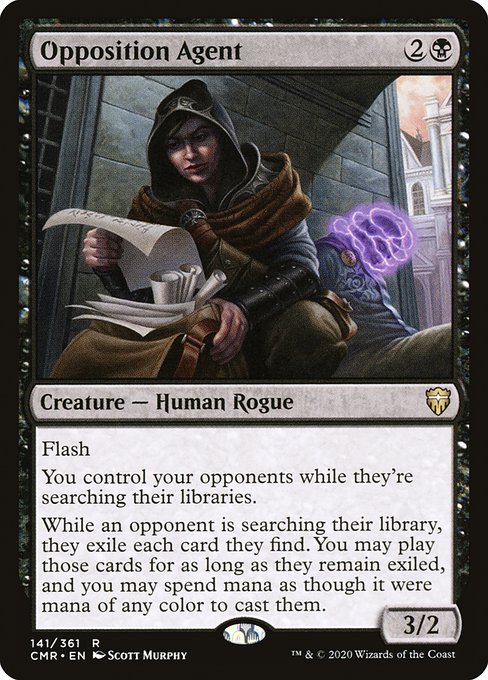
Opposition Agent
Gameplay Summary
The game began with players developing their mana bases and early board presence, including several artifact accelerants like Mox Diamonds and Grim Monolith, alongside disruptive creatures such as Gorilla Shaman and Thought Vessel.
Early aggression was seen with multiple Goblins being generated by players controlling Winota, Joiner of Forces, applying pressure across the table.
Meanwhile, the Aminatou player focused on incremental advantage with Carpet of Flowers and flicker effects, setting up for value plays with cards like Dolphy Voidwalker and Eldritch Displacer. Midgame saw pivotal board wipes such as Culling Ritual paired with realistic studies that disrupted opponents’ plans and forced tough decisions on paying additional costs.
Tevesh Szat’s ability to draw cards and manipulate the top of libraries added to the complexity and card advantage wars.
The Winota player continued to leverage aggressive Goblin tokens to chip away at opponents’ life totals, while the Tibalt player used flicker and recursion to maintain board presence.
At one point, a mass flicker of creatures forced multiple players to redraw and reconfigure, leading to a tense stalemate. The game’s tempo shifted as players exchanged threats and removal, highlighted by multiple activation chains involving tribal synergies and flicker loops.
The Valki/Tibalt deck’s ability to escape creatures from the graveyard and create value proved significant, while Aminatou’s manipulation of the top of the deck and blink effects controlled the board state.
Ultimately, the game revolved around managing these synergies and timed disruption, with Winota's aggressive token production and Tevesh’s card draw creating the primary offensive threats.
The game reached a critical point with multiple players at low life totals and board states primed for lethal combinations, emphasizing the importance of resource management and careful sequencing in cEDH play.


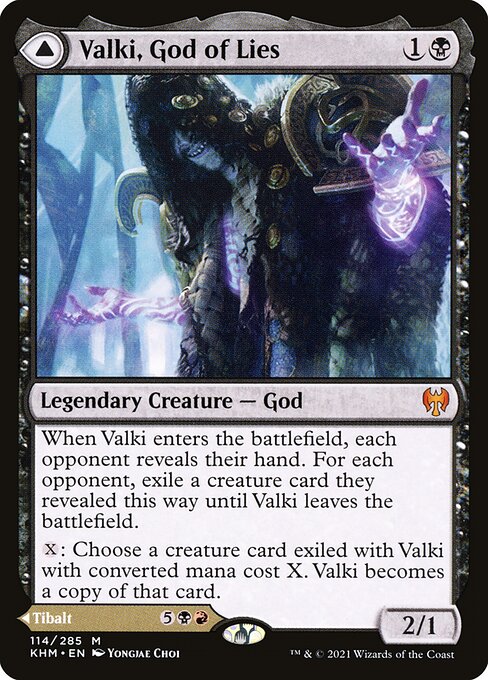



































![Varina vs Rafiq vs Lathril vs Valki [EDH/Commander, Magic The Gathering Gameplay] 2021 thumbnail](https://i.ytimg.com/vi/lecwGN70PSY/sddefault.jpg)
![Edgar Markov vs Valki vs Animar vs Gavi [EDH/Commander, Magic The Gathering Gameplay 2021] thumbnail](https://i.ytimg.com/vi/ELgrDNY5CUI/sddefault.jpg)


